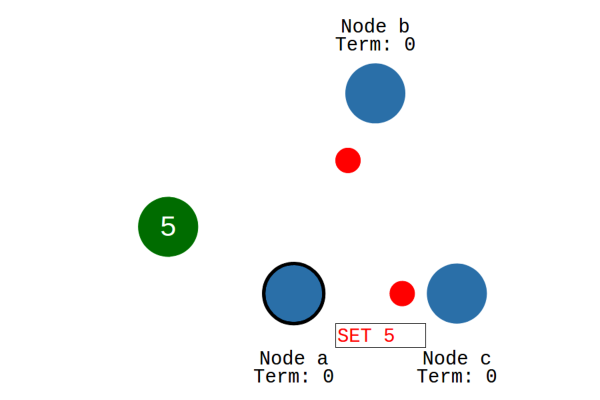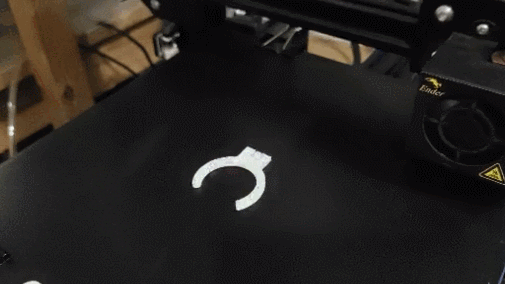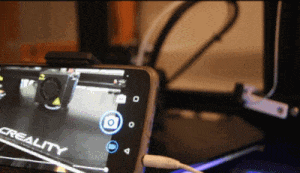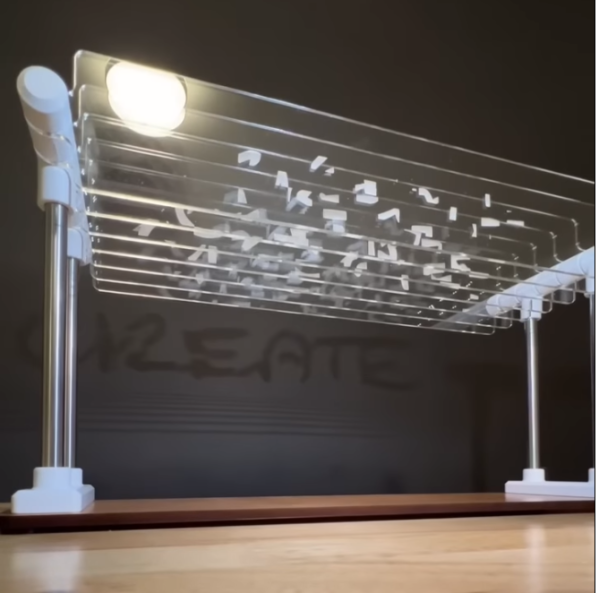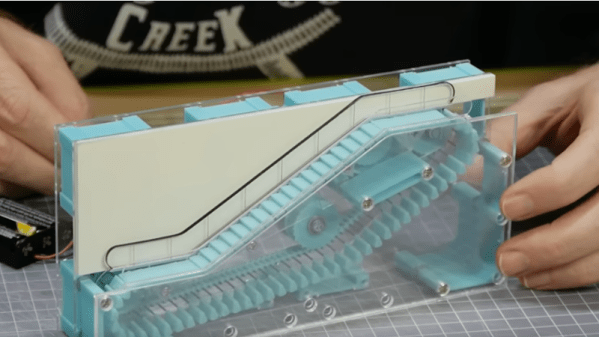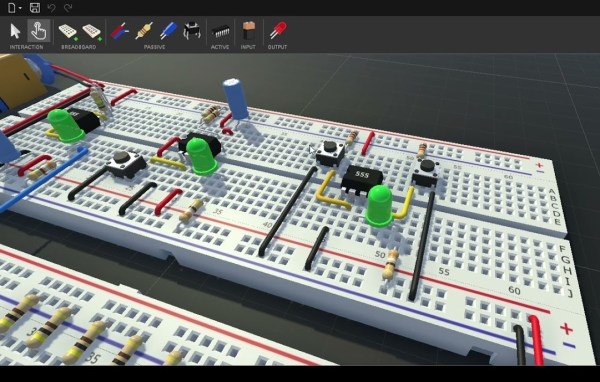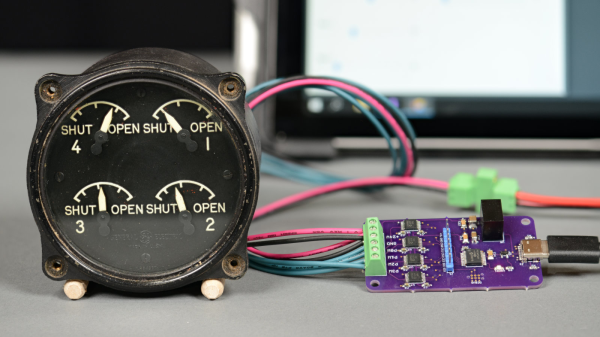With billions of computers talking to each other daily, how do they decide anything? Even in a database or server deployment, how do the different computers that make up the database decide what values have been committed? How do they agree on what time it is? How do they come to a consensus?
But first, what is the concept of consensus in the context of computers? Boiled down, it is for all involved agents to agree on a single value. However, allowances for dissenting, incorrect, or faulting agents are designed into the protocol. Every correct agent must answer, and all proper agents must have the same answer. This is particularly important for data centers or mesh networks. What happens if the network becomes partitioned, some nodes go offline, or the software crashes weirdly, sending strange garbled data? One of the most common consensus algorithms is Raft. Continue reading “Building Your Own Consensus”

